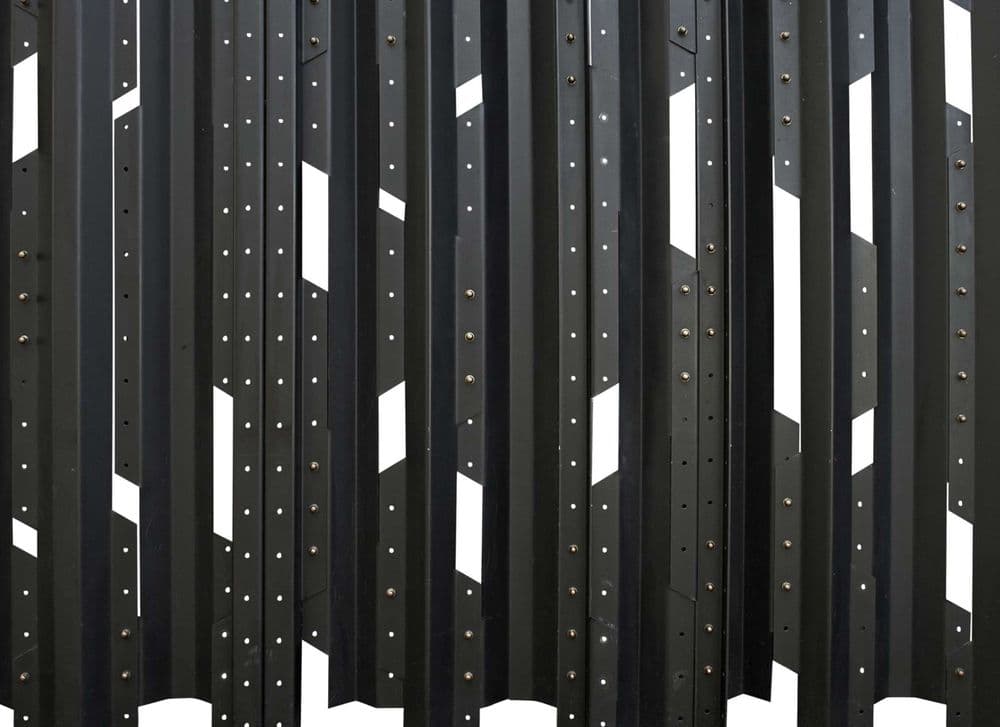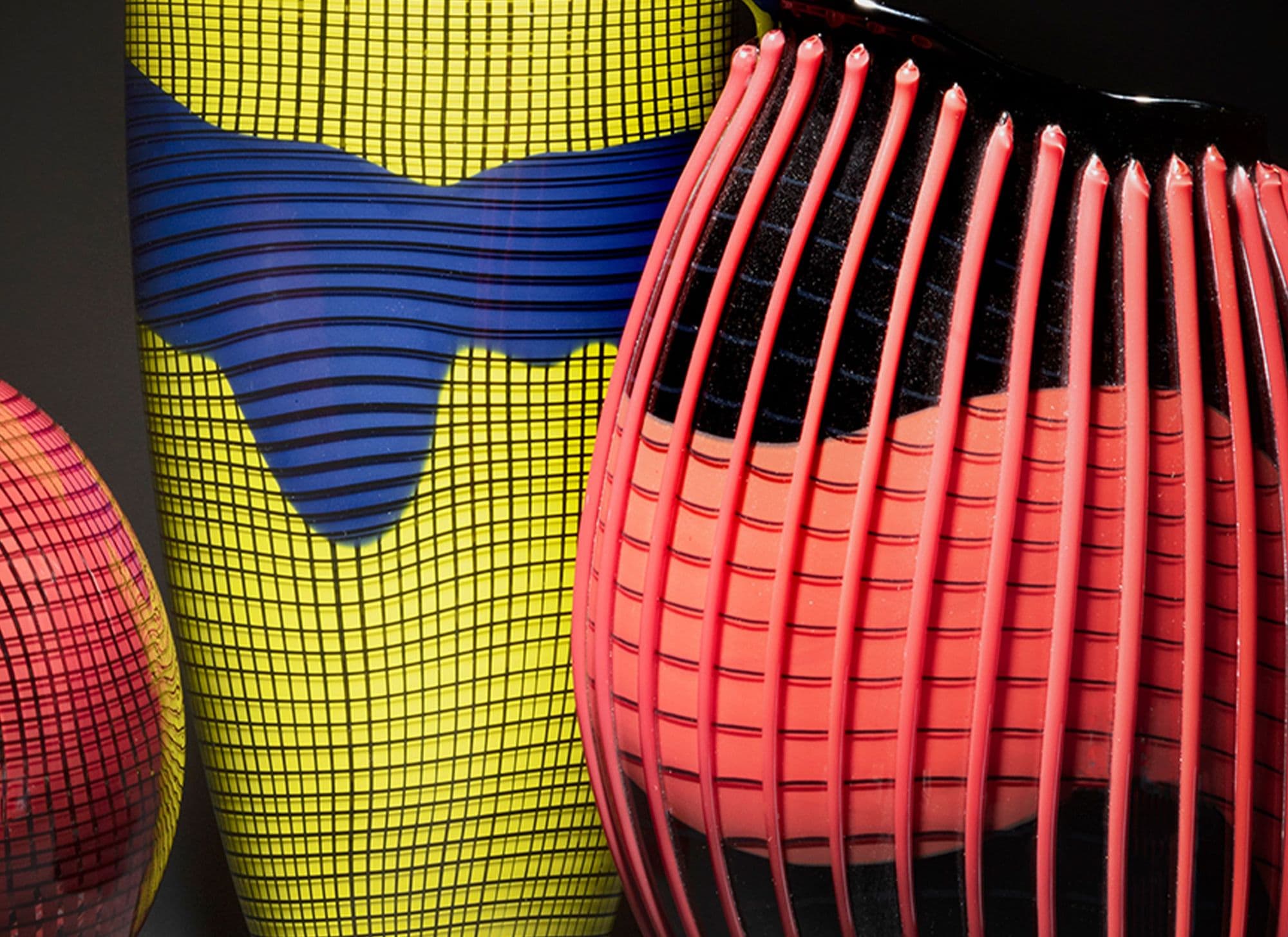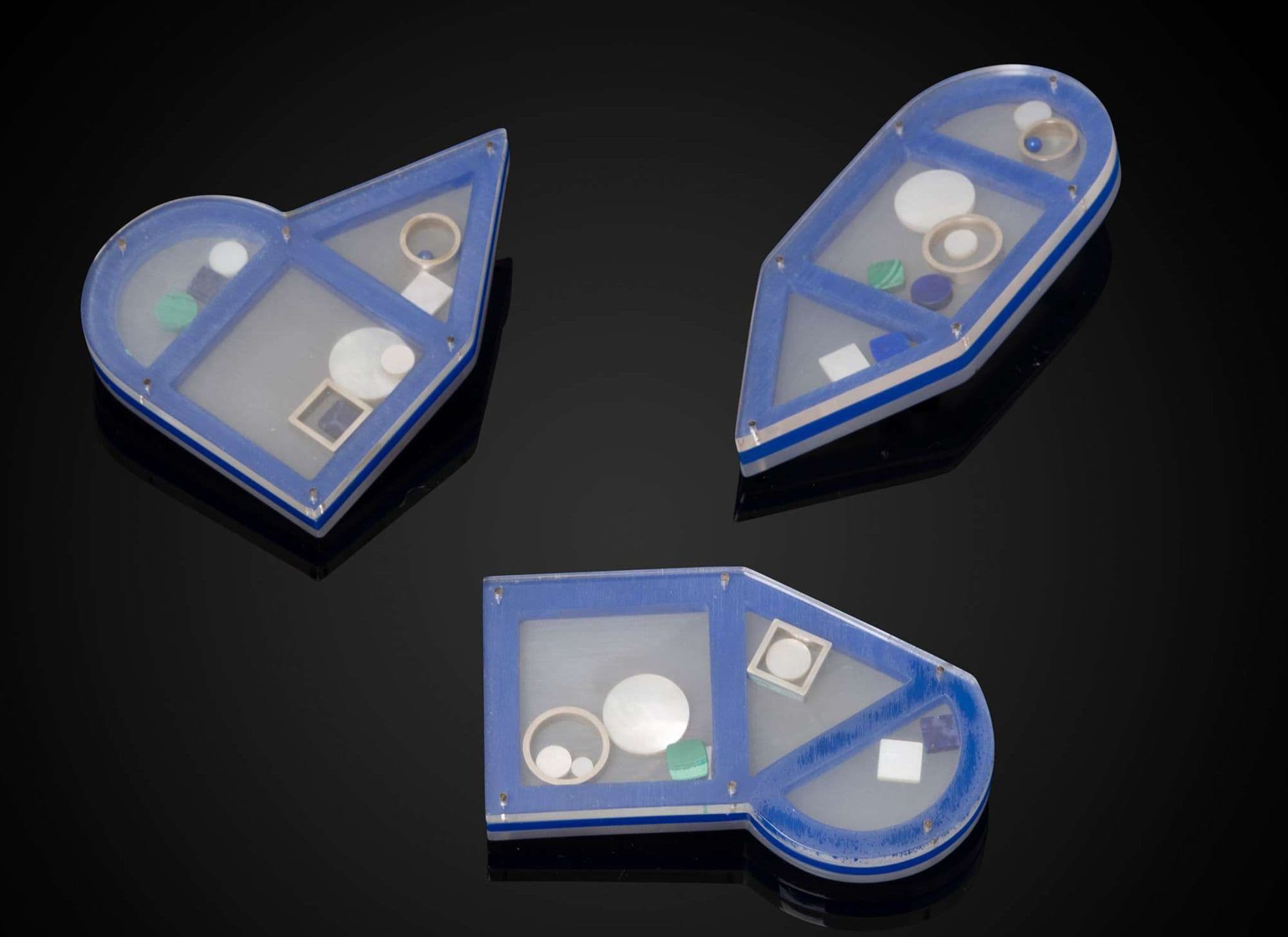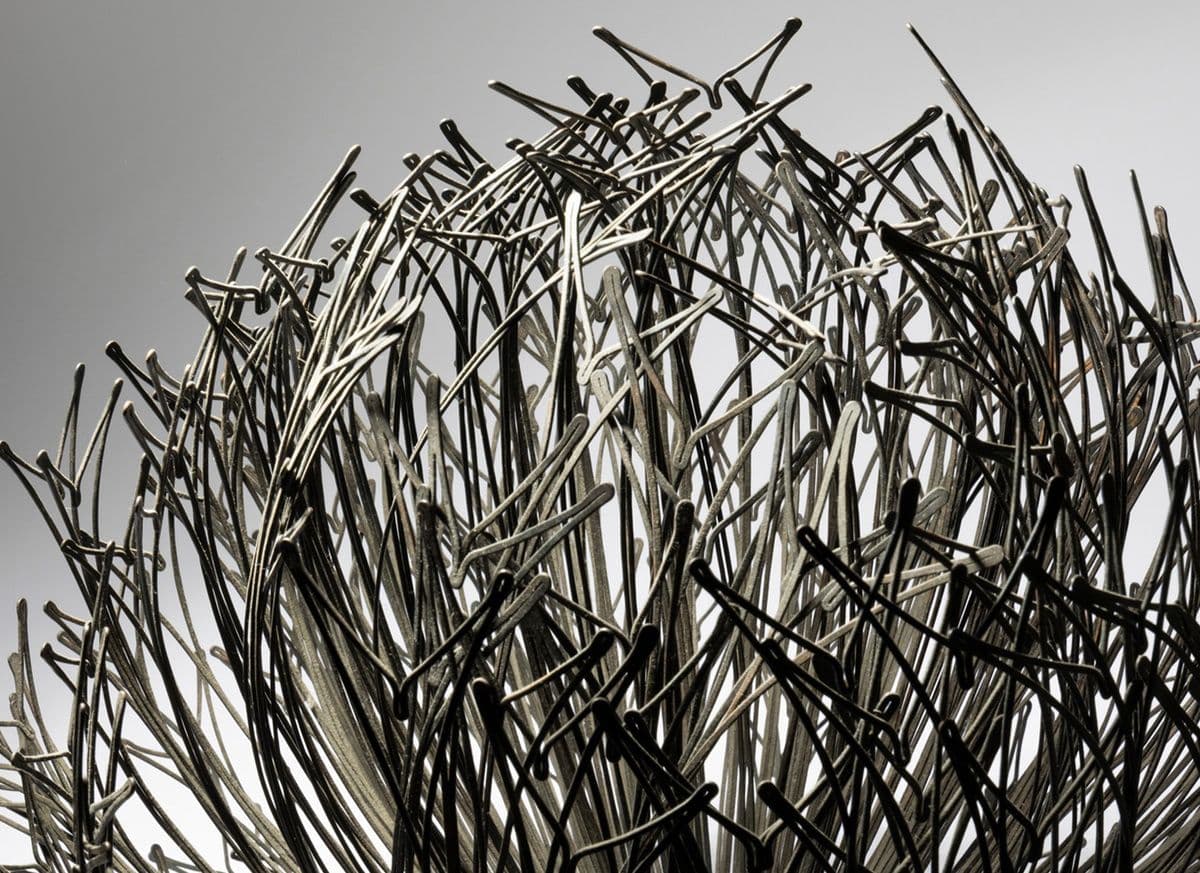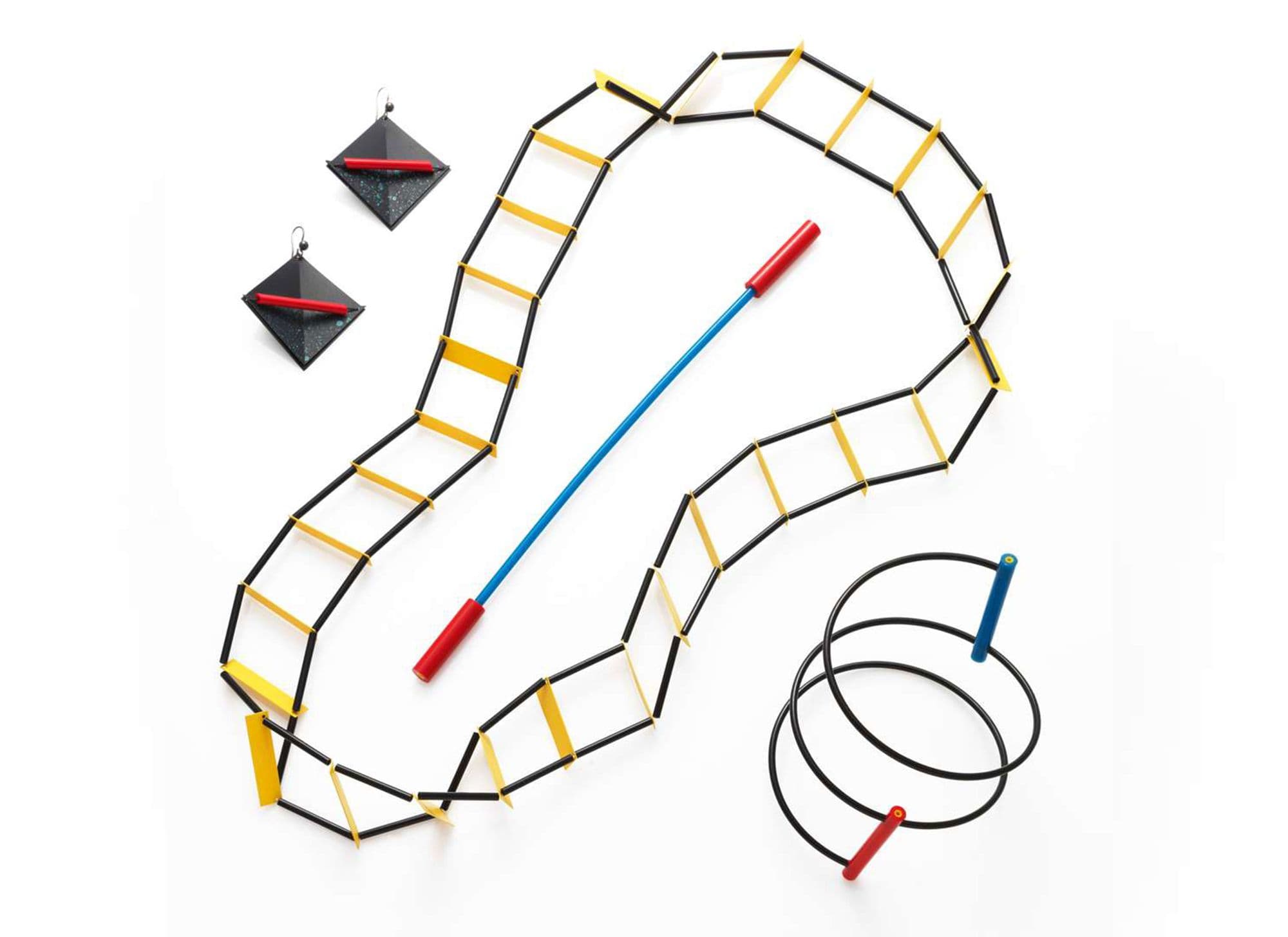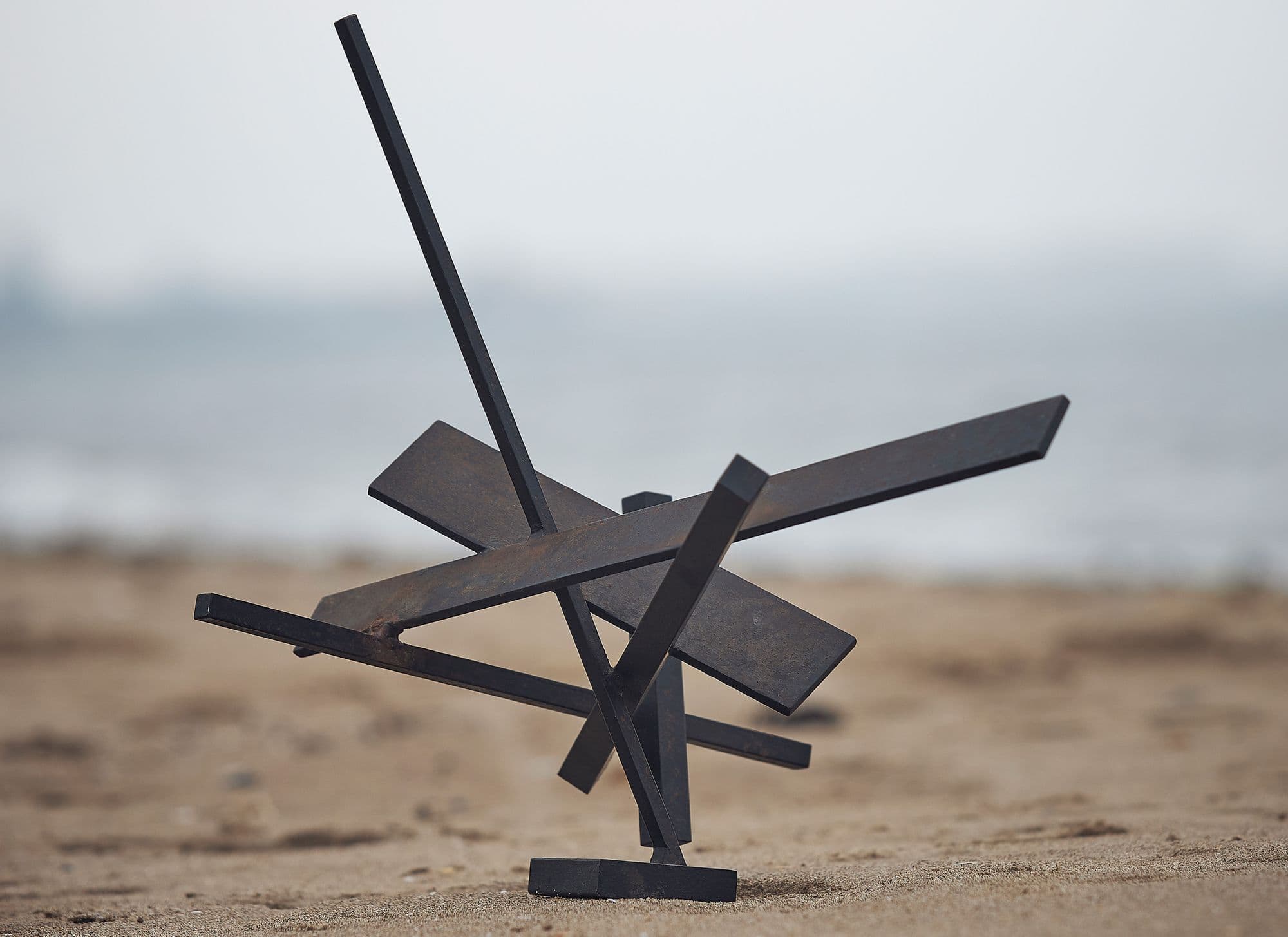Tom Dixon, born in 1959, rose to prominence in the mid 1980s as, in his words, “the talented untrained designer with a line in welded salvage furniture".
Tom Dixon’s early career parallels that of Ron Arad, the son of an English father and French/Latvian mother, who moved and grew up in the UK from the age of four. He embarked on a course at the Chelsea School of Art in 1979 that lasted only six months, and from this point was largely self-taught.
He rose to prominence in the mid-1980s with ‘a line of welded salvage furniture’ and setting up Creative Salvage alongside Nick Jones and Mark Brazier-Jones as a creative thinktank, shop front and to set up exhibition of ‘Stylish and functional artefacts for home and office’ in Kensington Church Street, London.
By the late 1980s, he was working for the Italian giant Cappellini, for whom he designed his iconic ‘S’ chair, and in the 1990s he became a household name with ‘Jack’, his "sitting, stacking, lighting thing" designed for his own company ‘Eurolounge’. The Jack Light soon gained wider significance, and triggered a wave of furniture in this material by other manufacturers.
Dixon’s successes at Eurolounge led to his appointment as head of design at Habitat, later becoming Creative Director that lasted for a decade. In 2002 he also set up his own brand Tom Dixon which holds an important position in cutting edge design to this day.
Between 2005 and 2009 he was creative director at Artek, the Finnish furniture brand, originally conceived by Alvar Aalto.
Many of Tom Dixon's designs now feature in major design collections around the world including New York’s Museum of Modern Art and The Victoria and Albert Museum in London.
